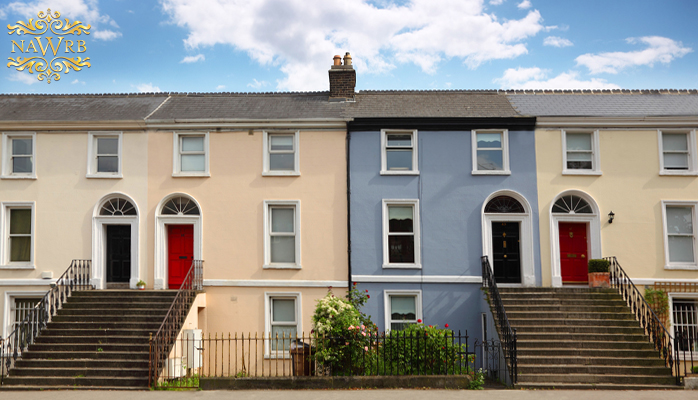Today, the National Association of Realtors (NAR) announced that existing-home sales decreased significantly in November, to the lowest figures since April 2014. Existing-home transactions are comprised by sales of single-family homes, townhomes, condominiums and co-ops; according to NAR, they fell 10.5 percent to a seasonally-adjusted annual rate of 4.76 million in November, compared to a similarly disappointing number of 5.32 million in October. Together, these declines represent home sales that are down 3.8 percent from only a year ago.
NAR chief economist Lawrence Yun identified TRID as a possible cause for the decrease in sales. “It’s possible the longer timeframes pushed a latter portion of would-be November transactions into December,” Yun states. “As long as closing timeframes don’t rise even further, it’s likely more sales will register to this month’s total, and November’s large dip will be more of an outlier.”
Existing-home sales November stats:
- The median existing-home price was $220,300 in November, 6.3 percent higher than a year ago
- Housing inventory decreased 3.3 percent by the end of November to 2.04 million, two percent lower than a year ago
- Properties listed in November stayed on the market for an average of 54 days
- Short sales were on the market for a median time of 91 days, foreclosures sold in 47 days
- Of homes sold in November, 37 percent were on the market for less than a month
- First-time buyers accounted for 30 percent of November sales
As the industry continues adapting to TRID, it is necessary to remain aware of the real benefits and drawbacks of the rule. Protecting consumers during the home buying process is crucial, but ensuring that the housing industry isn’t adversely affected by an increasingly slow buying process is as well.

 Login
Login

